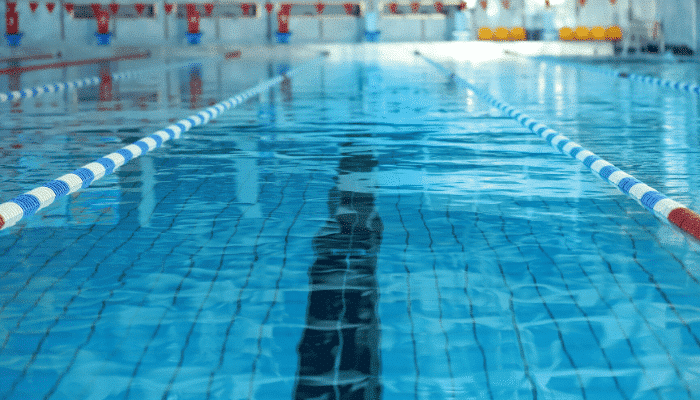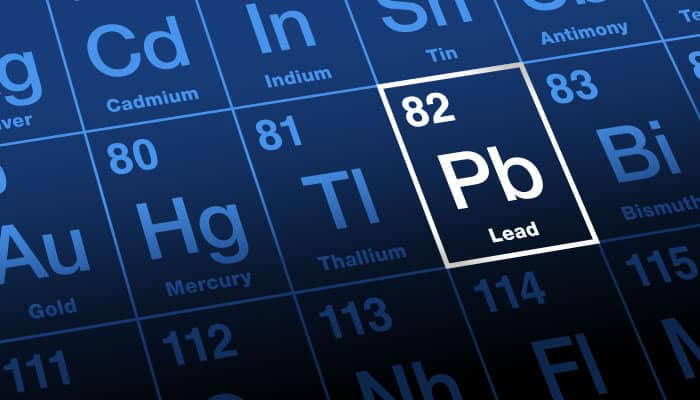
Article réservé aux abonnés


On July 3, 2020, the ANSES published a notice concerning the use of membrane processes used for the filtration of swimming pool water.
There are two types of pool water contaminants:
- Particulate matter such as hair or dander.
- Dissolved organic matter such as urine or sweat.
Pool water must be filtered, disinfected and disinfected to ensure the safety of bathers.
The disinfection of public swimming pool water is carried out using chlorinated products.
Chlorine can react with dissolved particulate matter and compounds to form disinfection by-products (DBPs) that cause adverse human health effects such as skin and eye irritations and respiratory damage. Studies have also highlighted the carcinogenic and mutagenic properties of some by-products.
Appropriate water treatment to remove the precursors of DBPs and DBPs themselves should therefore be implemented to reduce the exposure of bathers and staff to these compounds.
Currently, sand filtration is the most common method used. It removes the majority of suspended solids (SS), especially if a coagulation/flocculation step is carried out upstream.
However, this technique used alone has its limits, as it does not systematically comply with the regulatory limits. In order to obtain basin water that complies with the legislation, the managers add new water beyond the 30L per bather and per day fixed by the regulations.
Membrane filtration processes provide an interesting alternative to sand filtration since it eliminates some of its negative effects.
The characteristics of membrane filtration processes offer an alternative to sand filtration of swimming pool water and make it possible to mitigate some of the negative effects noted above (greater retention of micro-organisms depending on the membrane selected, compactness of the systems, greater washing frequency, reduction in water consumption).
The ANSES




